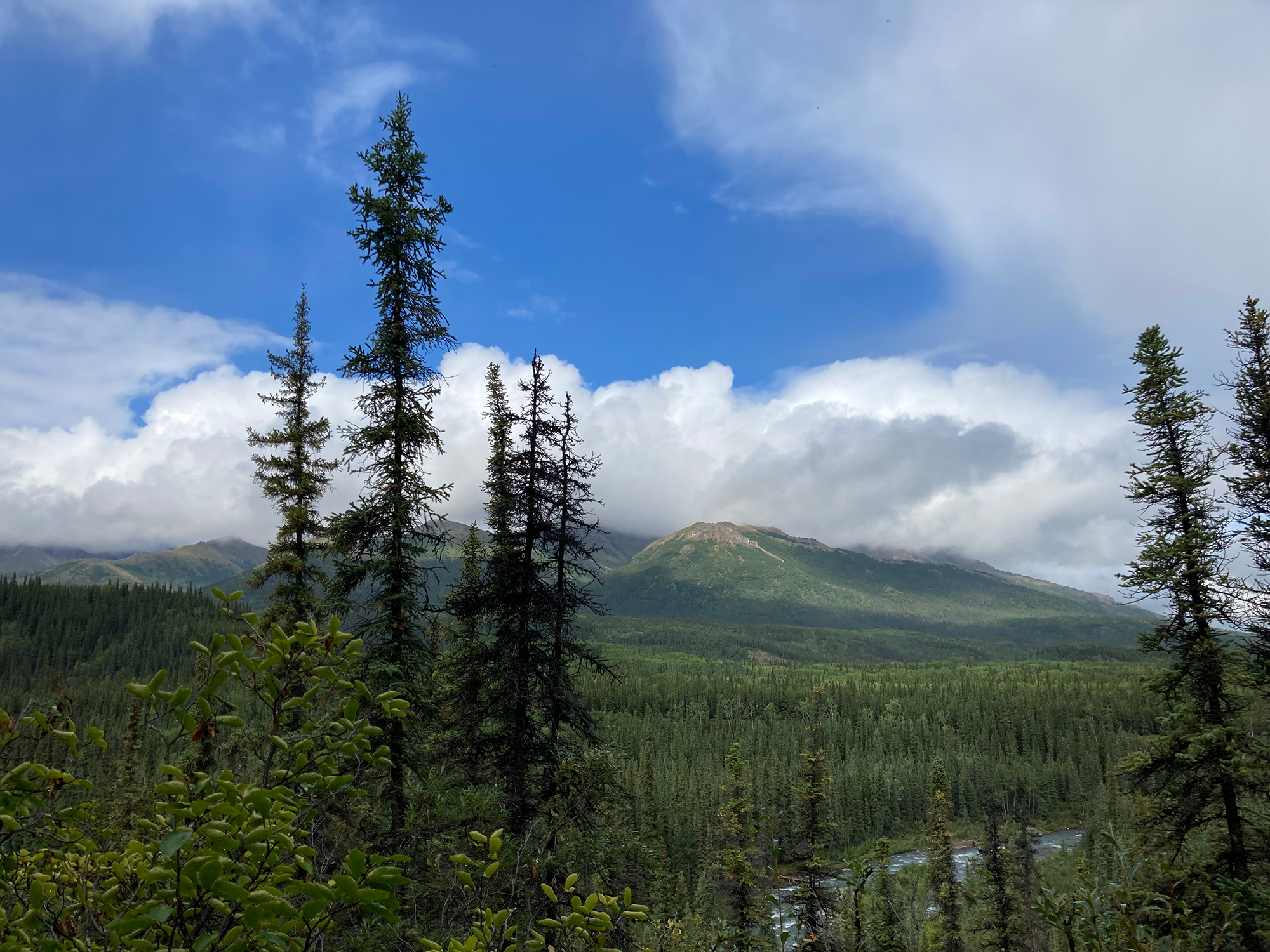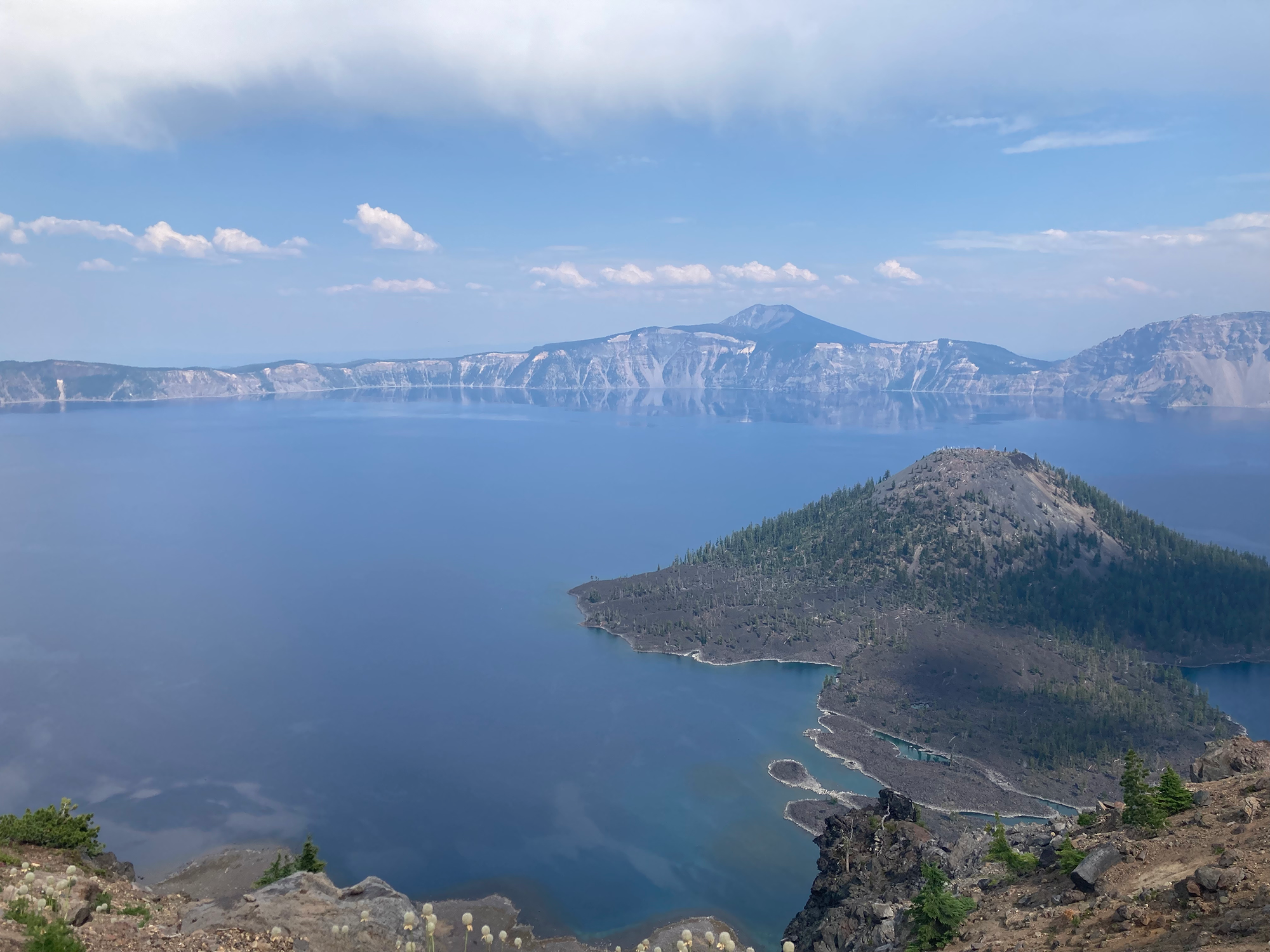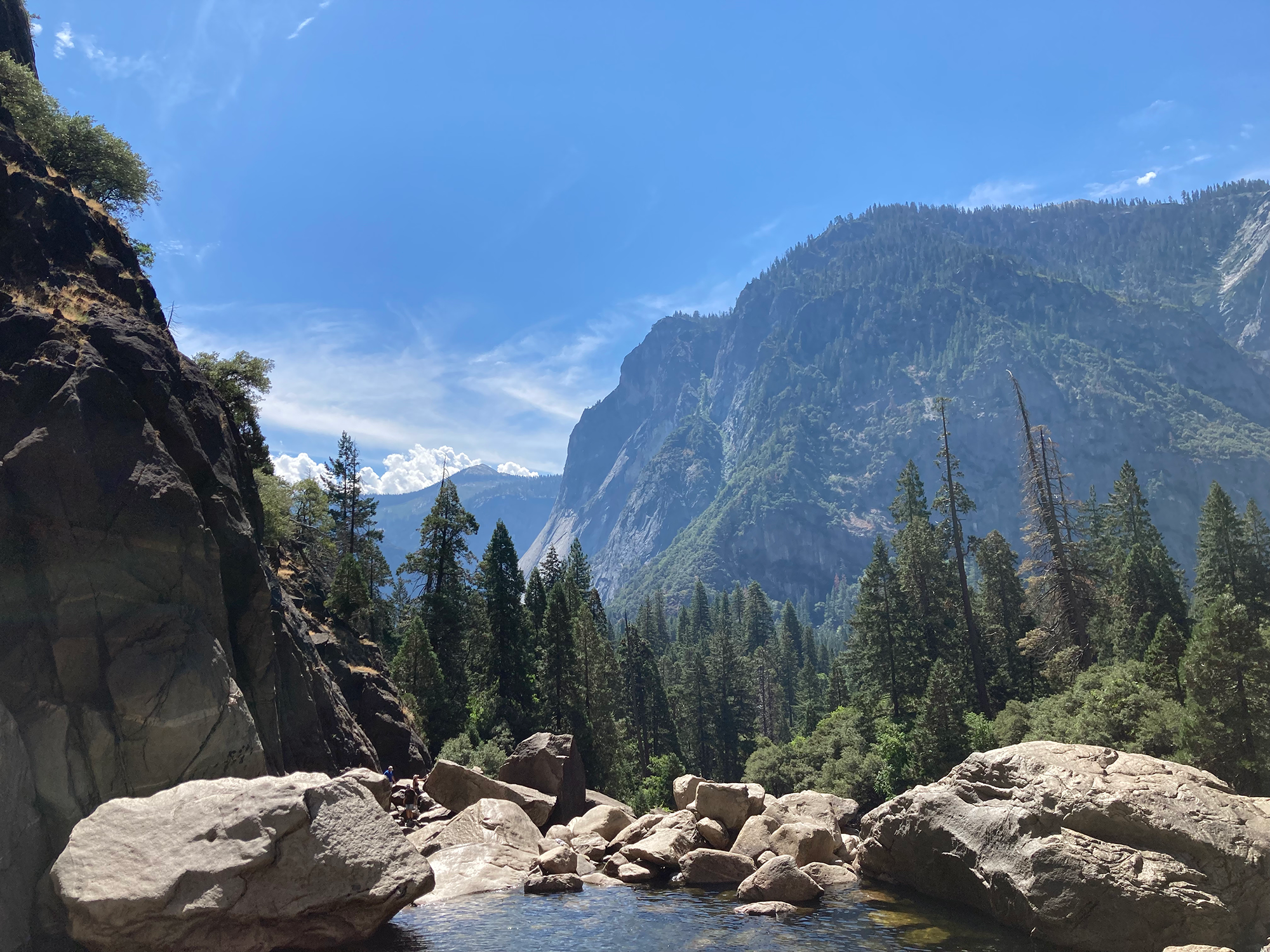The iconic “America the Beautiful” is considered the unofficial anthem of the United States, a testament to our country’s splendor within its “spacious skies,” its “amber waves of grain,” and its unrivaled “purple mountain majesties.” From the canyons to the rivers to the mountain ranges, America is undeniably a uniquely rich country in its extremely diverse and vivid landscapes–but Americans themselves are rarely outside to see it, and the unparalleled beauty celebrated for centuries may be in peril because of it.
In a study conducted by Nature of Americans, the majority of surveyed American adults (56 percent) reported spending five hours a week or less outdoors. An additional 23 percent reported spending ten hours or less a week outside. While these numbers fulfill the bare minimum of the National Recreation and Park Association’s recommended 20 minutes per day outdoors, five hours a week amounts to only about 3 percent of the year spent outdoors, total.

Despite this incredibly minimal amount of time spent outdoors, American interest in quality time outdoors is anything but minimal. 71 percent of surveyed adults indicated that they believed nature gave them a sense of purpose and meaning. In the study’s two focus states, Florida and Texas, over three quarters of residents stated that they found nature to be highly enjoyable. Furthermore, the vast majority agreed that nature was extremely important to both their physical and emotional health.
The greatest barrier proves not to be a lack of interest, but a lack of accessibility. In a similar study conducted by APM Research Lab, a third of Americans indicated that their jobs and other related responsibilities prevented them from being able to participate in more outdoor activities. Higher-income families, with more time and economic resources, had a significantly higher interest in outdoor activities like hiking and camping. Some individuals stated that they were unable to afford a car, and there were too few local green spaces available.

Safety concerns were found to be another major barrier to outdoor activity, especially among minority groups. Around 40 percent of all surveyed young adults indicated that the outdoors felt unsafe. Among Black, Hispanic, and Asian participants, this percentage rose to over 50 percent.
These two barriers, among a variety of others, are large contributors to the primary cause of America’s low outdoor activity: the interest-action gap. A high rate of interest is quickly crushed by an inability to easily get outdoors. As costs and distractions increase, the gap widens, and interest declines among younger generations. The National Recreation and Parks Association discovered that 9 percent of Generation Z individuals reported spending no time outside each day, compared to a consistent 3 percent across the three previous generations.
Declining interest is not only dangerous for the health of individuals (time outdoors is essential for reducing stress, heart rates, muscle tension and cortisol levels) but also dangerous for the health of the planet. While interest in nature conservation and preservation among adults currently remains high, a lack of interest among the younger generations may put future programs at risk.

However, the path to a more active America starts with just one set of footsteps. Here’s some actions young Americans can take to promote and protect America’s gorgeous natural landscape:
- Work nature into your routine. Whether it’s simply a morning walk or a weekend hike, adding outdoor activity into your daily schedule will improve your own health and may even inspire others to join you.
- Respond to concerns raised about environmental issues–or even raise your own. While you may be doubtful about your possible impact, voices from the younger generations are invaluable when it comes to the future of our planet.
- Educate others on the importance of getting outside. Individuals and families may prioritize outdoor activity and preservation funding more frequently if they know how essential it is for human and planet health.
- Get involved in local preservation and conservation efforts. If your township or city has a youth environmental board, consider joining, or pay attention to proposed development plans in your area. Be active in the politics of the land that surrounds you–it will quite literally shape your environment.
- Help educate today’s young children. The average American child spends a distressingly little four to seven minutes per day outdoors outside of structured school times. Instilling a love for nature among the newest generation is critical for Earth’s future. Even an action as simple as encouraging a younger sibling to play outside can help shape a strong environmentally conscious generation.
- Volunteer to help with nature restoration initiatives. Planting trees and cleaning parks draws more people outdoors, and helps ensure that there will be a healthy and accessible natural area for years to come.
Perhaps environmental pioneer and Pittsburgh native Rachel Carson put it best: “The balance of nature is not a status quo; it is fluid, ever shifting, in a constant state of adjustment. Man, too, is part of this balance.”


